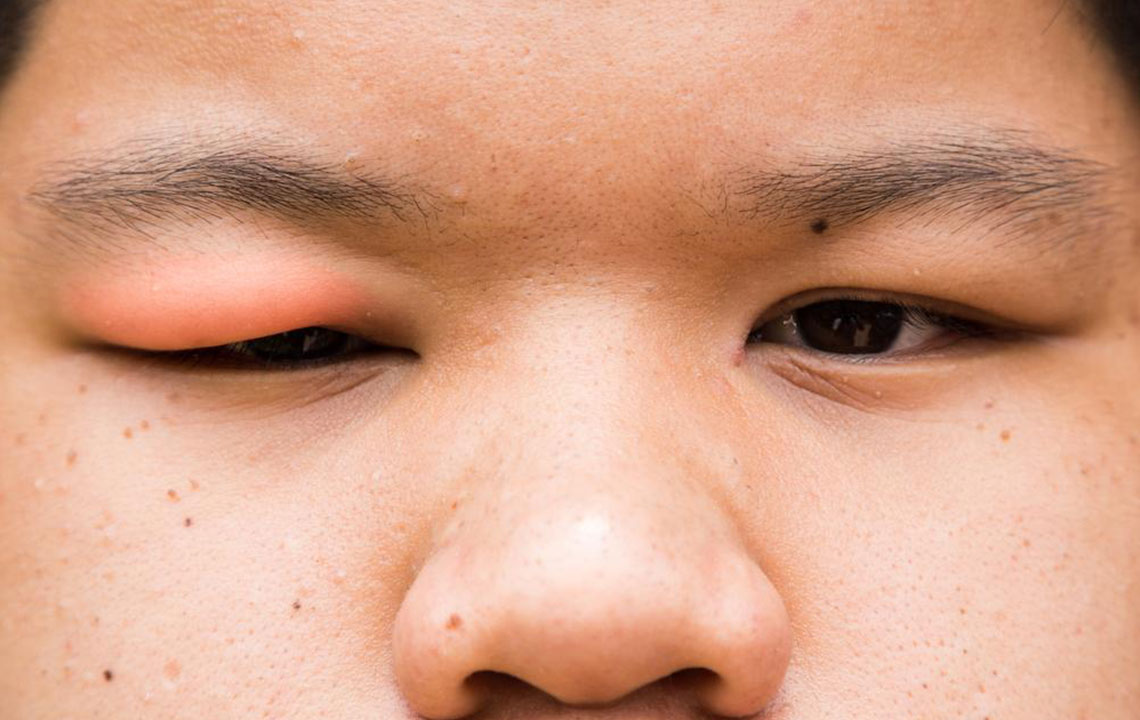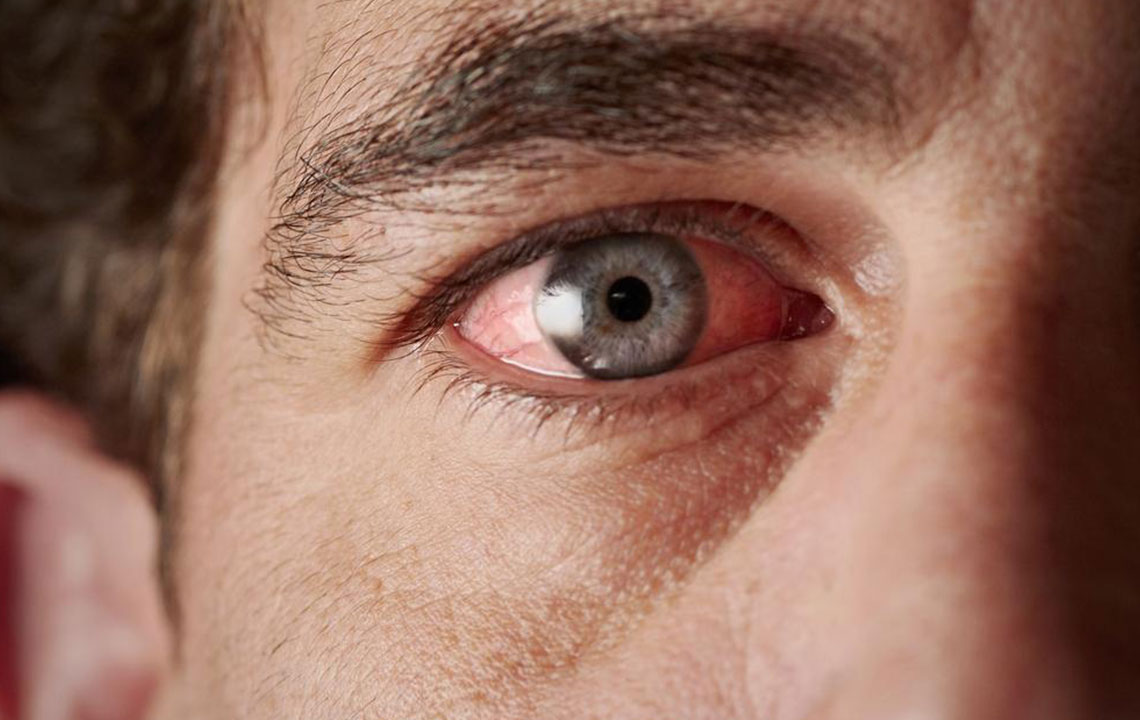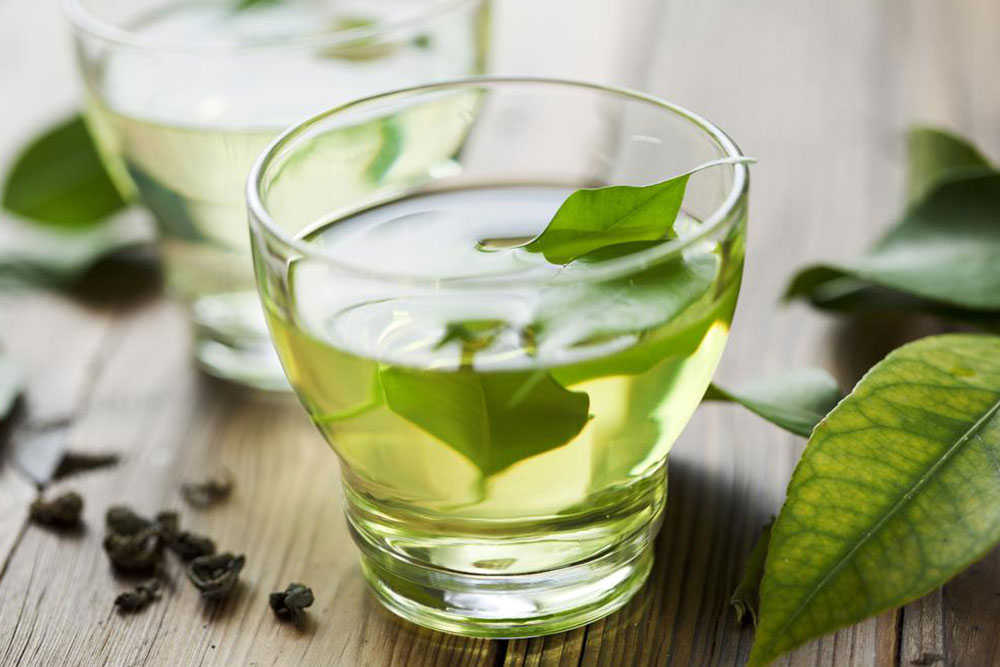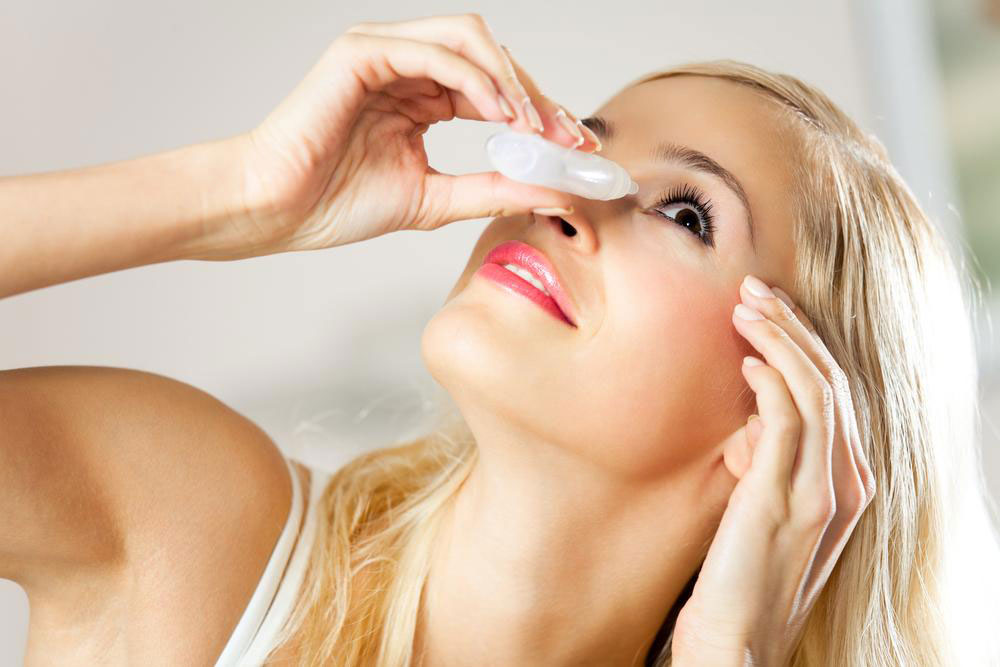Comprehensive Guide to Natural Home Remedies for Common Eye Infections
This comprehensive article offers safe, natural home remedies for common eye infections, emphasizing the benefits of warm compresses, saline rinses, and honey solutions. It provides practical guidance on how to effectively manage eye conditions like conjunctivitis and blepharitis at home, with tips for promoting healing and reducing discomfort. By understanding these simple treatments, individuals can enhance their eye health and support recovery alongside medical advice, ensuring safe and effective management of eye infections.

Comprehensive Guide to Natural Home Remedies for Common Eye Infections
Eye infections are a prevalent health concern affecting millions worldwide, and their incidence seems to be rising due to increased exposure to environmental pollutants, bacterial and viral pathogens, and allergens. These infections encompass various conditions such as conjunctivitis (commonly known as pink eye), blepharitis, orbital cellulitis, keratitis, and other inflammatory or infectious diseases of the eye. While modern medicine offers numerous effective treatments, many individuals seek safe and natural home remedies to alleviate symptoms, promote healing, and prevent complications. This article explores several proven home-based approaches that can complement medical treatments, helping you manage common eye infections effectively and safely.
By understanding and applying these simple, natural techniques—such as warm compresses, saline rinses, and honey-based solutions—you can effectively combat discomfort, reduce inflammation, and support the healing process without the risk of adverse side effects. These methods can be particularly beneficial for mild to moderate infections, as well as for preventing recurrence or worsening of symptoms.
Warm Compress Therapy: One of the simplest yet most effective home treatments for various eye infections is the warm compress. Applying a warm, damp cloth over closed eyelids can significantly help in reducing swelling, alleviating conjunctivitis symptoms, and promoting faster healing. The warmth improves blood circulation, enhances lymphatic drainage, and encourages the immune response, which collectively aid in clearing infection-causing agents. To prepare a warm compress, soak a clean cloth in warm water, wring out excess moisture, and gently place it over your closed eyelids for 5-10 minutes. Repeating this process multiple times a day can provide notable relief and help resolve infections naturally.
Saline Solution Rinses: Using a saline solution as an eye rinse is a time-tested natural method to cleanse the eyes, remove irritants or debris, and inhibit bacterial growth. Making an effective saline rinse involves dissolving half a teaspoon of salt in a cup of sterile or boiled and cooled water. This rinse can be used to flush out the eyes, especially after exposure to allergens, dust, or chemicals. Proper hygiene and sterile preparation are essential to avoid introducing further infection. Regular rinsing with saline can soothe irritation, reduce redness, and promote healing, making it an excellent adjunct to medical therapies for conditions like conjunctivitis and minor abrasions.
Honey-Based Eye Solutions: Honey is renowned for its potent antibacterial and anti-inflammatory properties. Historically used in various cultures for wound healing, honey has demonstrated efficacy against many pathogens responsible for eye infections. Using a sterile, medical-grade honey or appropriately diluted honey water as an eye rinse can help eliminate harmful bacteria, decrease inflammation, and soothe irritated eyes. To prepare a honey solution, mix a small amount of pure honey with sterile water, ensuring it is properly dissolved. It’s crucial to consult an eye care professional before using honey solutions, especially if considering replacing prescribed medications like Xiidra for dry eyes or other specific therapies. Always prioritize safety and professional guidance to avoid unintended adverse effects.
In addition to these remedies, maintaining proper eye hygiene, avoiding touching or rubbing the eyes, and protecting eyes from environmental irritants play vital roles in preventing and managing infections. If symptoms persist, worsen, or are accompanied by significant pain, blurred vision, or sensitivity to light, seek prompt medical attention. These home remedies are intended as supportive measures and should not replace professional assessment and treatment when necessary.




